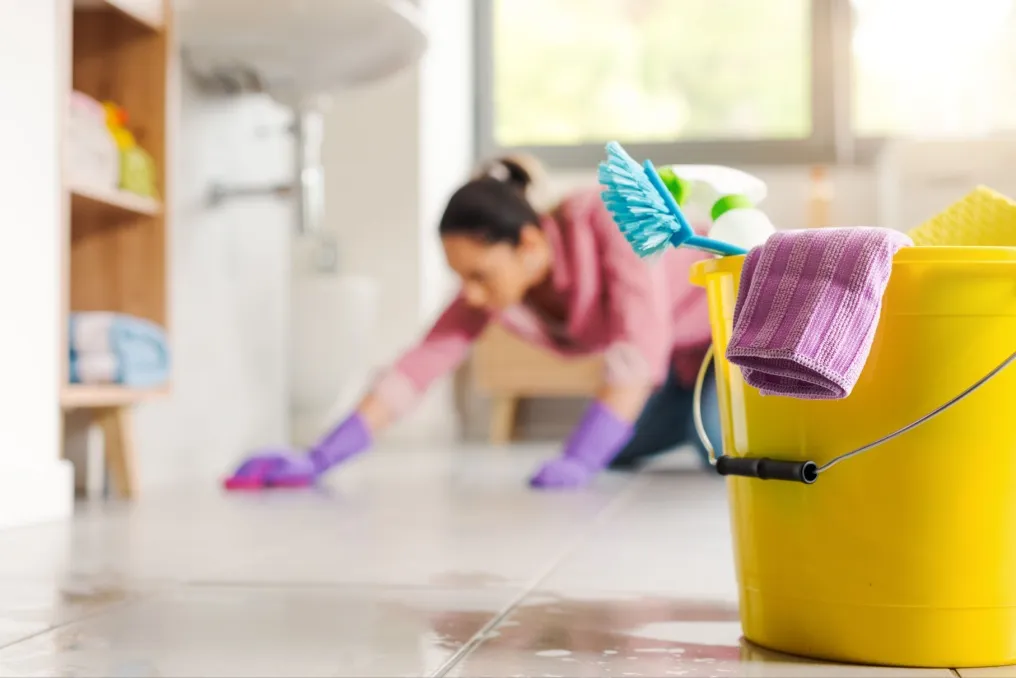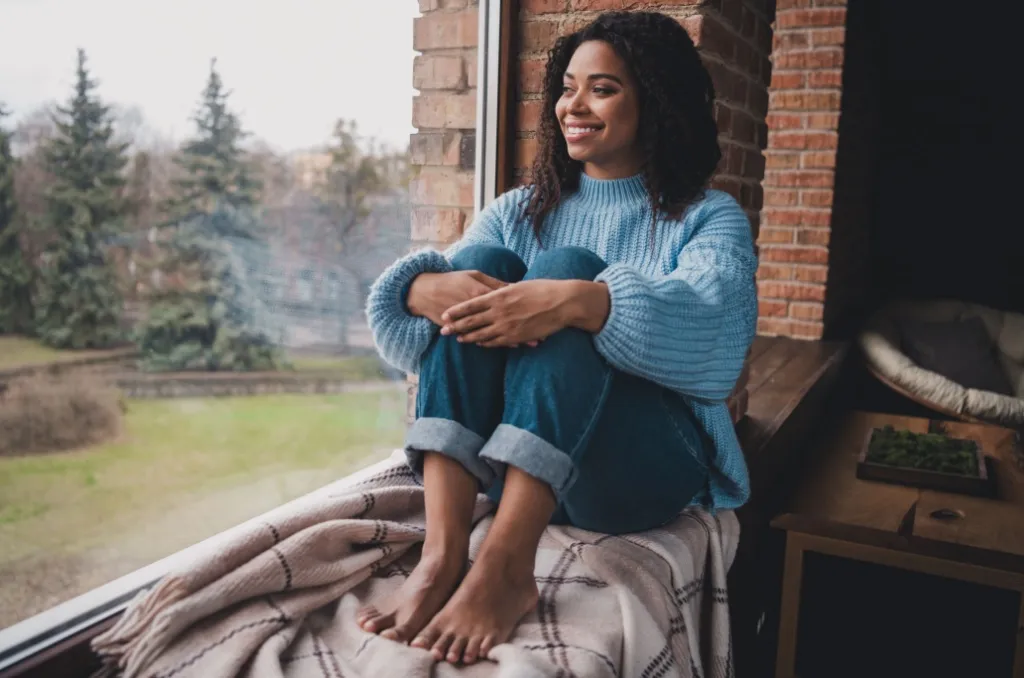If you’ve ever noticed musty smells or damp corners in your apartment, you might be worried that the extra moisture can turn into an issue. While cleaning and proper ventilation are key to preventing mold from developing in your apartment, there’s another natural, easier way to help tackle the problem: indoor plants.
Some plants do more than just look good. They can actually help balance humidity, absorb moisture, and freshen the air. By choosing the right ones, you can enjoy a greener home that also supports better air quality, helping prevent mold before it starts.
How indoor plants can help
Some indoor plants act like natural dehumidifiers. They draw in excess moisture through their leaves and roots, helping to regulate humidity in your apartment. Others can filter out mold spores and toxins from the air, making your indoor environment easier to breathe in by releasing oxygen.
Keeping a few indoor plants that help keep mold away is an easy, affordable way to make your space healthier without needing any special equipment or products.
Best indoor plants that help with mold
1. Peace lily (Spathiphyllum)
Peace lilies thrive in darker spots and areas with moderate humidity. They also absorb moisture through their leaves from the air around them. One of the reasons why they’re such a popular house plant is that they filter out common indoor pollutants, making them a perfect choice for bathrooms or laundry rooms.
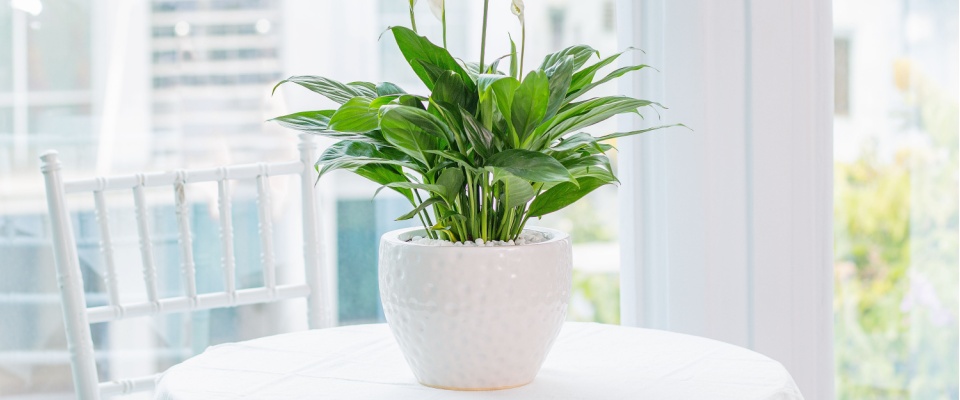
Tip: Keep the soil lightly moist and wipe the leaves every few weeks to help them breathe and absorb more effectively.
2. English ivy (Hedera helix)
English ivy is excellent at reducing airborne mold spores. It grows well in indirect light and helps purify the air in humid spaces. This trailing plant looks great in hanging baskets or on shelves, especially in areas prone to dampness.
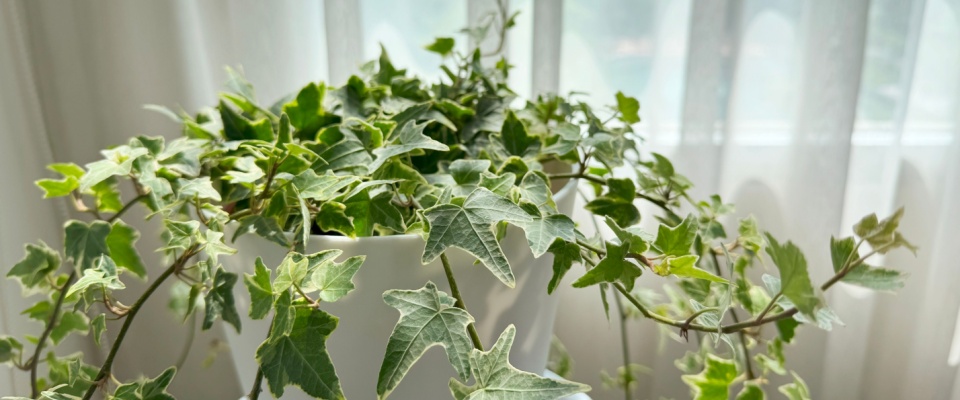
Tip: Mist lightly if the air feels dry, but don’t overwater as it prefers slightly dry soil.
3. Boston fern (Nephrolepis exaltata)
Boston ferns are natural humidity balancers. They love moisture and will happily absorb extra humidity from the air, which can help prevent mold growth on walls or in corners. Their lush, green fronds also add a relaxing, cozy vibe to your apartment.
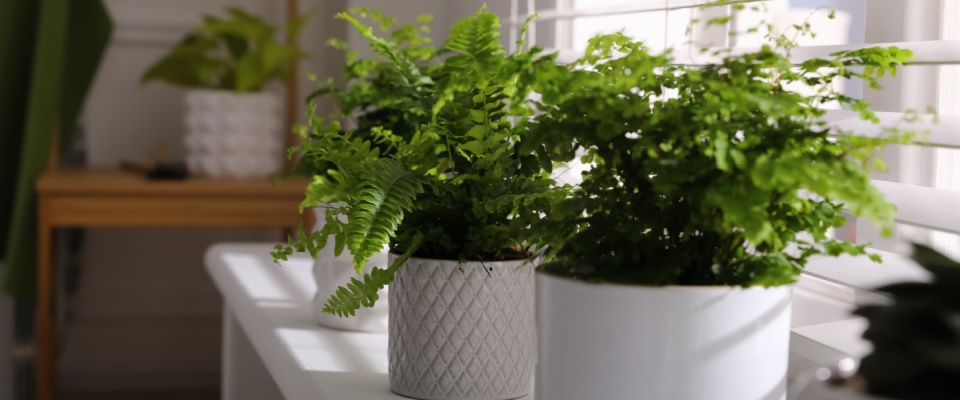
Tip: Keep the soil consistently damp and mist the leaves regularly. If your air feels dry in winter, try placing the pot on a tray filled with pebbles and water.
4. Spider plant (Chlorophytum comosum)
Spider plants are hardy, easy to care for, and effective at removing toxins and excess moisture from the air. They’re also pet-friendly and thrive in low to medium light, making them ideal for almost any apartment.
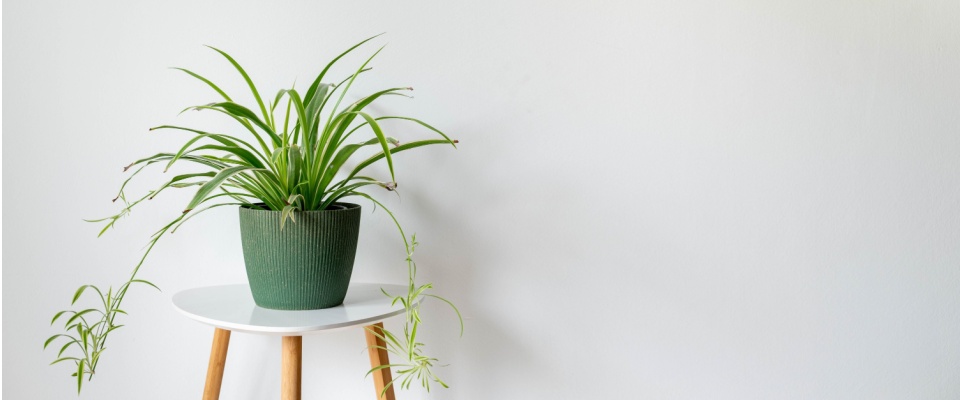
Tip: Let the soil dry slightly between waterings to avoid root rot. Keep it near indirect light.
5. Snake plant (Sansevieria trifasciata)
If you’re looking for a low-maintenance option, the snake plant is hard to beat. Also known as “mother-in-law’s tongue,” this tough plant is nearly impossible to kill. Snake plants absorb moisture and filter out mold spores and air pollutants. They’re perfect for bedrooms and living rooms because they also release oxygen at night.
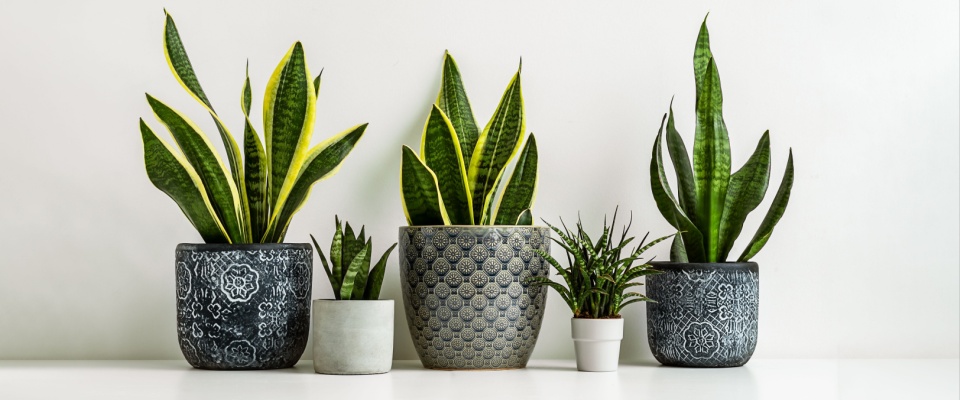
Tip: Let the soil dry out between waterings. This plant prefers drier soil.
6. Areca palm (Dypsis lutescens)
Areca palms add tropical vibes to your space while naturally balancing humidity levels. They absorb moisture and release clean air, helping to prevent mold from forming in the first place. Their tall, feathery leaves make a great statement piece in any room.
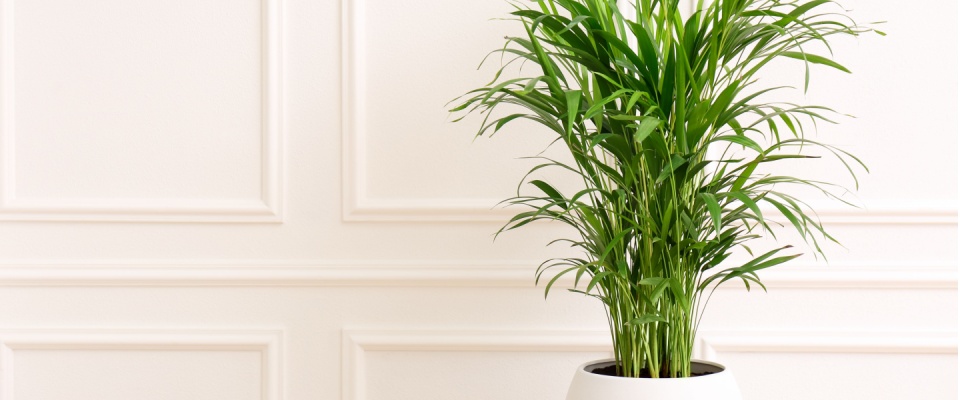
Tip: Keep them in bright, filtered light and water regularly, but don’t let them sit in standing water.
Where to place them
Strategic placement matters. To get the most out of your plants, place them where humidity tends to collect:
- Bathrooms: Peace lilies and ferns love steamy air.
- Kitchens: Snake plants and spider plants can handle the heat and humidity.
- Near windows: English ivy or an areca palm can soak up light and manage moisture.
Try rotating your plants every few months to see which spots they thrive in best. Even a couple of well-placed plants can make a noticeable difference in your home's air quality and comfort.
If you have a small apartment, don’t overcrowd the space with plants. Start with one or two and see how they affect the air quality and moisture levels.
Simple habits to support mold prevention
You can also keep your apartment fresh with a few easy habits:
- Open windows for a few minutes each day to improve airflow.
- Run your bathroom fan after showers.
- Wipe down damp surfaces regularly.
- Fix small leaks or drips right away.
Combining these habits with the addition of houseplants gives you a simple, sustainable way to prevent mold.
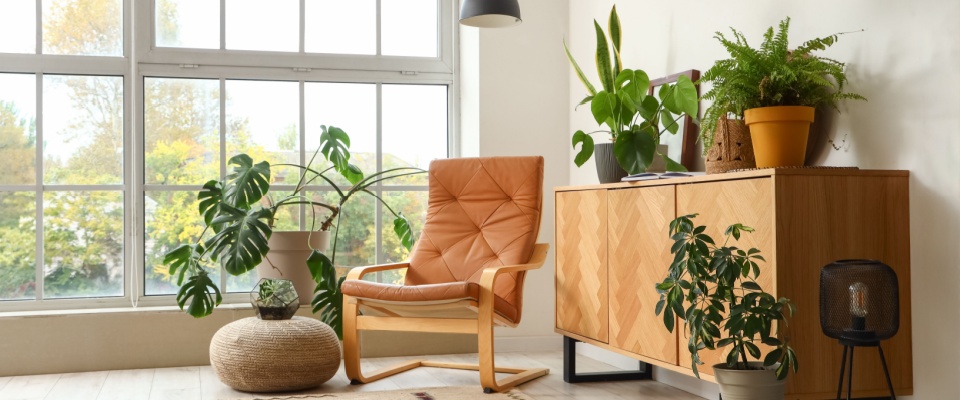
You don’t need to be a plant expert or have a big apartment to get a few indoor plants that help with mold and keep your space fresh. These natural air helpers add life, color, and balance to your apartment while keeping humidity under control.



